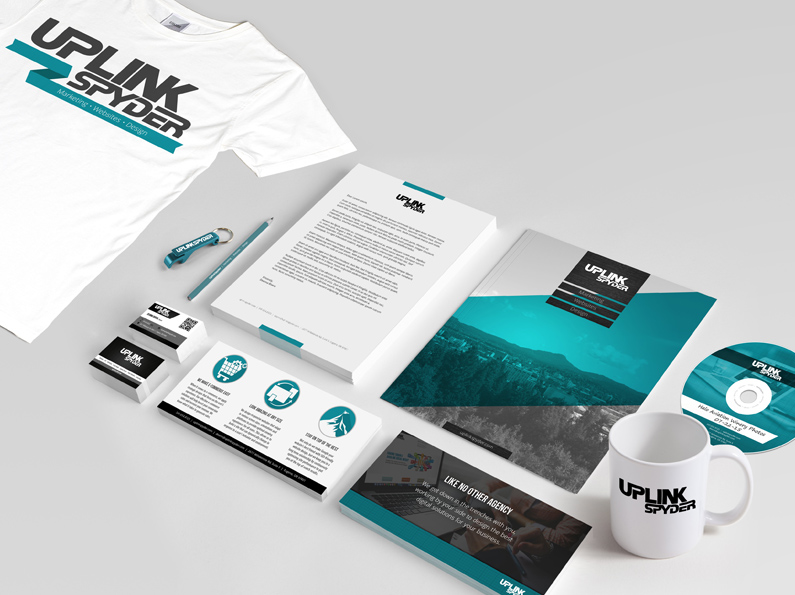The definition of “branding” changes depending on who you’re talking to.
Some instantly think, “logo”. Others think about colors and the “look” of a place, or the tagline or name. Others look outside their own business and point at “big companies” like Google, as if these are the only businesses that can afford to be “branded”. But in actuality, a brand is not one thing. It is the TOTAL experience you provide, either to your clients or your employees. Everything someone sees, smells, hears, touches or tastes, as it relates to your business, is a part of your unique brand. If you’ve ever been to Disneyland, you have had the “Disney experience”. Disney is really the King of branding. Every detail is considered to ensure that you feel like you are at the Happiest Place on Earth, the “Magic Kingdom”. Because of these details, you remember how you felt and how your family felt. Every employee you encounter has been trained on the “Disney Way” – a way to act, look and speak to reflect the Brand of Disney. Every nook and cranny is meticulously cared for so that while you are there, you are transported. That is branding at its best. Unfortunately, most businesses, particularly new and small businesses, don’t spend a lot of time thinking about or planning their Brand. The top reasons include:
- Importance: They don’t believe it matters
- Expense: They believe it would be too expensive
- Clarity: They don’t really know who they are as a business yet. They think it will change as they grow.
Due to these reasons, they rely instead on a logo their brother’s uncle made, with the business cards they got through a Vistaprint template, and their sister’s cousin who once took a marketing class. And they make due. The unfortunate thing is that many of those businesses fail, or alternately, because they have no plan, it takes them far longer to truly succeed. They find out the hard way that a lack of emphasis on planning leads nowhere. Branding does not have to be expensive, though investing in someone who can lead the process is a good idea. But if you lack the inclination to spend that money, below and in future articles, I will help you create your brand.
First – let’s review the parts of your brand.
1. Visual Identity: This relates to your logo, colors, nuances, and style. It also applies to uniforms and the appearance of employees, and even lighting. It includes the bathroom and the look of all digital communications, including email signatures. (Please immediately remove that huge logo you’ve attached to your signature and all crazy colors and font sizes!)
2. Communication: What does your audience hear (or read)? – This relates to your business’ name, slogan, language, answering messages, and verbiage used in print and in person. It includes tone and voice. Knowing how to use tone and voice relates to knowing your customer.
3. Experience: This is about ambiance, presentation, and sometimes senses, like smell, intuition, and taste. It is also about service – the “mood” set by each encounter. For instance, if I’m in a restaurant, I want to smell food, not bleach. I don’t want flies around me, and I want the food to be good. If I’m in a gift store, sweet candle fragrances or floral notes are key, and a messy shop is not okay. If I’m buying a car, that new car smell is imperative, and I don’t want to feel harassed. This also applies to contractors and professionals who make house calls; are they presentable? Do I feel comfortable welcoming them in to my home? Are they cheery and kind or grouchy and smelly? The mood set by a person or place (or both) can have a huge influence on our decisions (and our referrals).
4. “The Feels”: What does your customer feel when they walk away? You can’t control every encounter, so use a mark: what would 80% of the people that come to your store or who experience your service say about you? Is it positive? Is it memorable? You want to know and plan for how you want to be remembered. So you see, branding is first and foremost about answering a lot of questions and “planning” for the best possible experience. This leads to design and all the pieces that make a business run. But beginning with a “who we are” road map is so important. Some of it might change over time, but the heart of it, the passion behind why you are opening that store or beginning that service, will not…and that’s the most important part.
